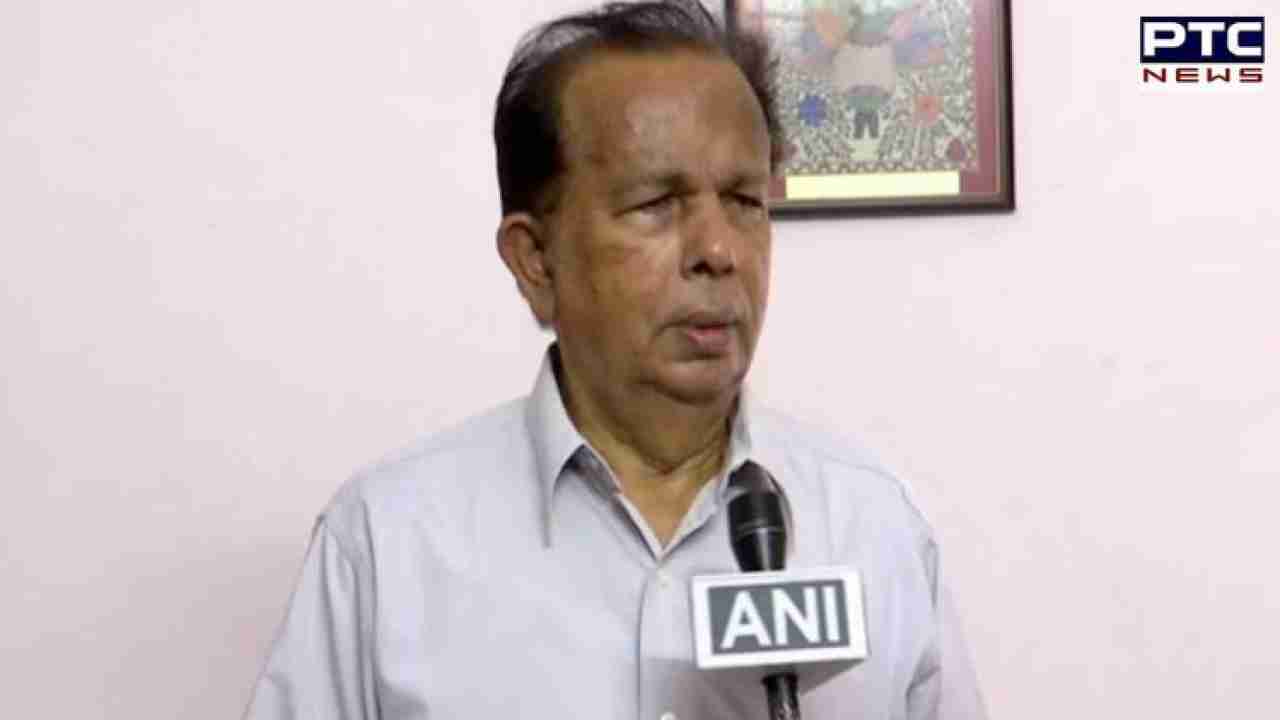

Waking up Chandrayaan-3's Vikram lander and pragyan: ISRO's hopeful mission amidst lunar challenges
Thiruvananthapuram (Kerala), September 22: Former Indian Space Research Organisation (ISRO) Chairman, Madhavan Nair, expressed optimism about the chances of reactivating Chandrayaan-3's Vikram Lander and Pragyan Rover as they prepare for the second phase of their lunar mission. Despite the extreme cold temperatures on the moon's surface, Nair likened the process to thawing something from a freezer.
These two lunar explorers have been in a deep sleep for nearly two weeks, enduring temperatures plummeting to -150 degrees Celsius. ISRO is now readying to wake them from their slumber, exposing them to the warming rays of the sun after they successfully completed their initial tasks. On August 23, the Vikram Lander had made history by touching down near the moon's south pole.
_627e2d3f62bd9477c89d1508a7e39cd9_1280X720.webp)
Nair, the former ISRO chief, acknowledged the challenges posed by these frigid lunar conditions, raising concerns about the survival of batteries, electronics, and mechanical components. However, he emphasised that extensive ground testing had been conducted to ensure their functionality under such extreme conditions. "The solar heat will warm up the instruments and also recharge the batteries. If both these conditions are successfully met, there is a fairly good chance that the system will be operational again," he said.
Reviving the lander and rover would enable the collection of valuable data from the lunar surface, particularly near the moon's south pole. Nair explained, "Once it comes to operation it is quite possible that we can move around for some distance over the next 14 days and collect adequate data, more data on the surface conditions on the Moon near the South Pole."
Meanwhile, former ISRO scientist Tapan Mishra expressed hope that even if the rover doesn't revive and only the lander does, it would be a remarkable achievement. The original design of the Chandrayaan lander rover anticipated just 14 days of operation. Given the harsh lunar environment, with temperatures dropping to -140 degrees Celsius and even -200 degrees Celsius at the southern pole, the survival of materials like plastics, carbon power, and electronics is challenging. Mishra remained hopeful that ISRO had devised effective thermal management solutions, stating, "If they are successful in the thermal management, if ISRO's design becomes successful, then tomorrow when the lunar daytime starts then all payloads in the lander and the rover may start working."
Mishra further emphasised that if the lander and rover survive one lunar night, they could potentially operate for six months to a year, representing a significant accomplishment. He underscored the importance of confirming the presence of water on the moon's surface, as it could have far-reaching implications for lunar exploration.
The Chandrayaan-3 mission initially saw the Vikram lander and Pragyan rover conducting various tasks on the lunar surface, including identifying the presence of sulphur and other elements, recording temperature changes, and monitoring their surroundings. With one lunar day equivalent to 14 Earth days, these objectives are vital components of India's third lunar mission. In early September, the Vikram lander and Pragyan rover were placed in "sleep mode" as they prepared for the next phase of their mission, with the hope that they will soon awaken to continue their scientific endeavors on the moon.
- ANI
